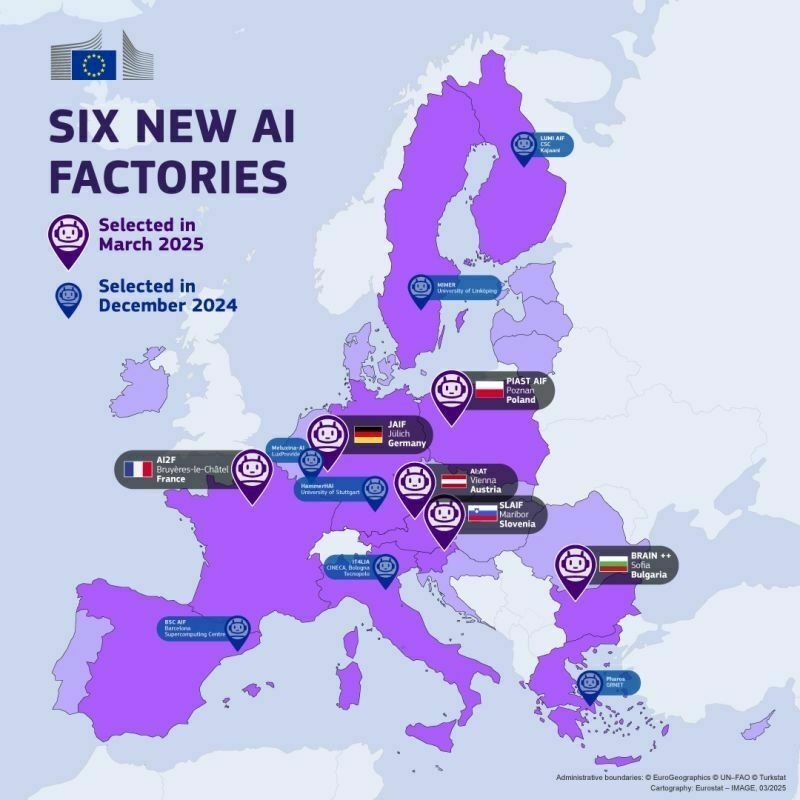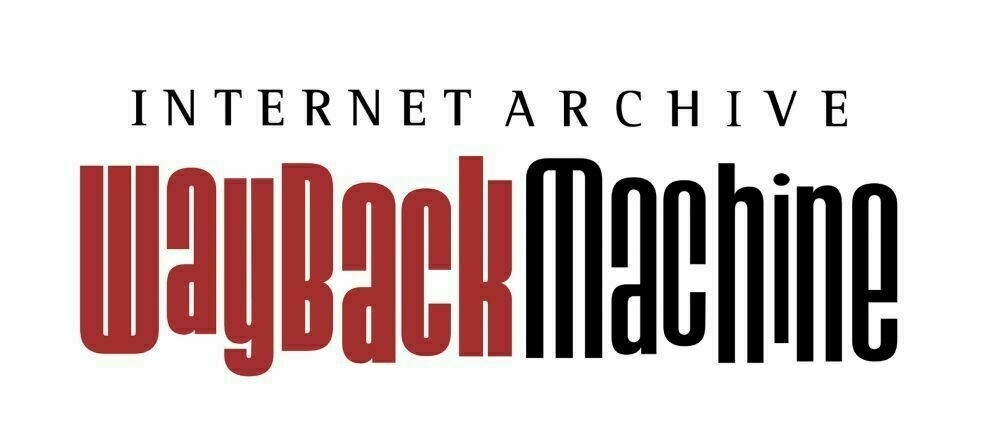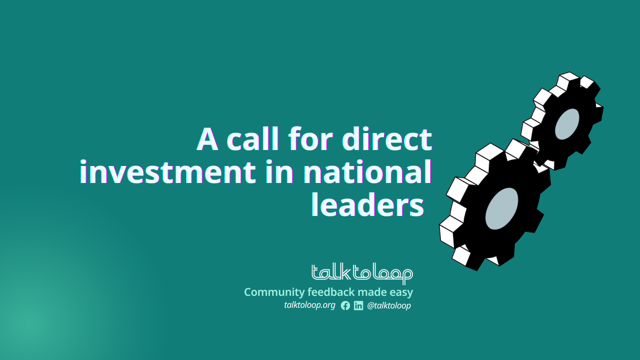In the context of major disruptions in global government-funded #InternationalCooperation (aka development cooperation and development aid), it may be interesting to learn about developments in this area in #Germany after the elections.
From what I can see at the moment, there will most probably be some changes in international cooperation in Germany:
- Reduced Funding: We will likely witness ‘peak aid’ also in Germany, indicating an upcoming notable reduction in development budgets.
- Political Focus: There will be an increasing emphasis on political dimensions of international cooperation, especially related to geopolitical challenges such as access to resources.
- Structural Change: Speculation is growing around the possible integration of the Federal Ministry for Economic Cooperation and Development (BMZ) into the Foreign Ministry (AA).
What could this mean? #FutureOfCooperation
-
With tighter budgets now imminent, development actors must urgently embrace innovation, such as leveraging digital technologies, fostering new partnership models, and implementing adaptive cooperation practices. The sector prioritized top-line funding figures, and this moment demands becoming obsessed with impact. It requires moving decisively beyond previous reluctance to address evident, long-standing challenges, aggressively reducing overhead, and genuinely prioritizing localization and locally-led solutions.
-
My experience working with the Foreign Ministry in development cooperation and nexus contexts has shown a pragmatic, results-driven approach, balancing clear expectations for impact with a realistic perspective. Their openness to innovative implementation models has been particularly valuable. If the ministry takes a leading role in the sector, this could signal a recalibration—potentially shifting towards more short-term, pragmatic approaches aligned with explicitly foreign policy-driven projects.
Follow my blog for more on these topics: Transformation - web3 - AI - International Cooperation.








